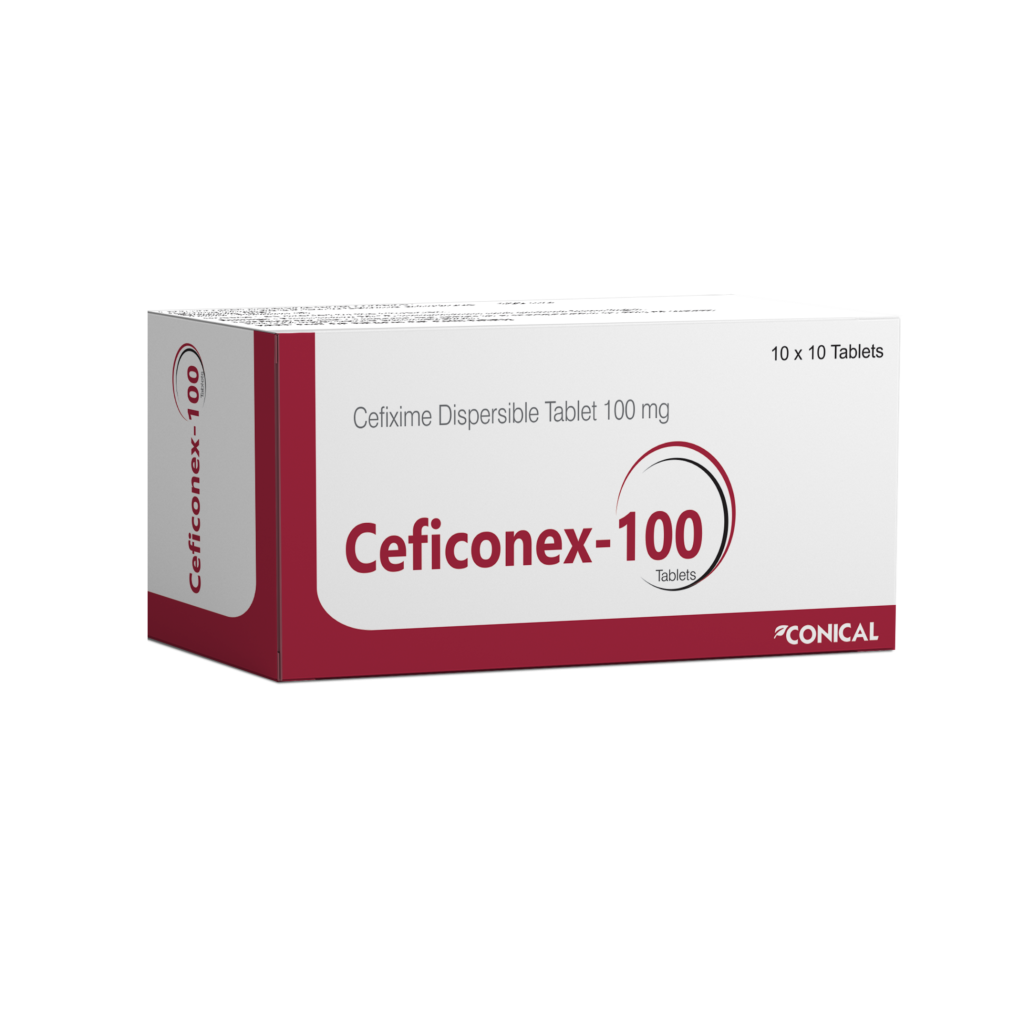







What are the Benefits of Cefixime Dispersible Tablet 100 mg?
They fit seamlessly into busy lifestyles and are great for places with limited resources. Gentle but Powerful Cefixime is known for being easy on the stomach, with fewer side effects than older antibiotics. It’s a solid choice for treating mild to moderate infections without causing harsh reactions.
Check Out Other Strengths If you need a stronger dose, consider these options:
Cefixime Dispersible Tablets 200 mg: Perfect for moderate infections that need a bit more punch.
Cefixime Tablets USP 400 mg: tailored for more serious cases or as directed by your doctor.
Primary Uses of Cefixime Dispersible Tablet 100 mg
What are the benefits of cefixime dispersible tablets ip 100 mg
Easy Consumption for Children & Elderly
No Water Needed
Gentle Yet Effective
Precautions for Cefixime Dispersible Tablets IP 100 mg
Brain Effects (Encephalopathy)
Serious Skin Reactions
Allergy to Other Medicines
Penicillin Allergy Warning
Blood Cell Damage (Hemolytic Anemia)
Kidney Health
Use in Infants
Antibiotic-Related Diarrhea (Colitis)
The usual course of treatment is 7 days. This may be continued for up to 14 days if required.
What are the Side Effects of Cefixime Dispersible Tablet 100 mg
Blood and Immune System Disorders
Gastrointestinal Effects
Liver and Kidney Function Alterations
Neurological and CNS Effects
Respiratory and Hypersensitivity Reactions
Skin and Mucocutaneous Reactions
Other General Reactions
Store below 30°C and protect from light and moisture.
Keep the Cefixime Dispersible Tablets 100 mg out of reach of children.
10 × 10 Alu/Alu Blister.
Cefixime Dispersible Tablets 100 mg are available in an Alu/Alu blister of 10 tablets. Such 10 blisters in a unit carton with a pack insert.
Contact us directly to receive full information on the product, the formulation, the science behind it, stability data, and more. Our Business Development Manager is a click away.
Questions are useful tools, they open lines of communication; give us information; improve interactions, facilitate analysis, and many more.
A pharma CMO is a special kind of an organization, offering contract manufacturing services to pharmaceutical companies for various kinds of drug formulations.
Reduce overall costs and time to market :
Contract manufacturers already have the needed infrastructure and technical staff, so working with a CMO or CDMO can decrease the cost of manufacturing your pharmaceutical products.
Scalability and flexible production capacity :
You can produce what you need when you need it without worrying about excess capacity. Additionally, CMOs understand the importance of quality and compliance, so you don't have to sacrifice safety for scalability.
Save on upgrading and maintaining equipment :
If you have your manufacturing facility, you’ll have to pay to upgrade your equipment as technology advances—which can get expensive. A CMO/CDMO’s only function is to make and distribute products, so part of their core business responsibility is to update their equipment whenever needed and perform maintenance.
Ease supply chain issues :
During the pandemic, there were several instances of supply chain issues, including medicine shortages. CMOs are generally better equipped than startups to handle a supply chain crisis.
Bandwidth to focus on core competencies
When your company resources aren’t directly allocated to manufacturing and distribution, you have more time to focus on other tasks, like marketing your new drug, researching, or working on drug discovery.
We have 7+ manufacturing sites with a minimum of WHO GMP certification and other country-specific approvals like NAFDAC approved, PPK Kenya Approved, TFDA Tanzania Approved, EU-GMP Approved.
We have below manufacturing capacity:
For Tablet, Capsule, and soft gel: up to 1 million units per shift
For Syrup: up to 0.05 Million per shift
For Ampoule and Vial: up to 0.1 million units per shift
For Ointment and Cream: up to 0.1 million units per shift
For Suppository: 0.1 Million units per shift
